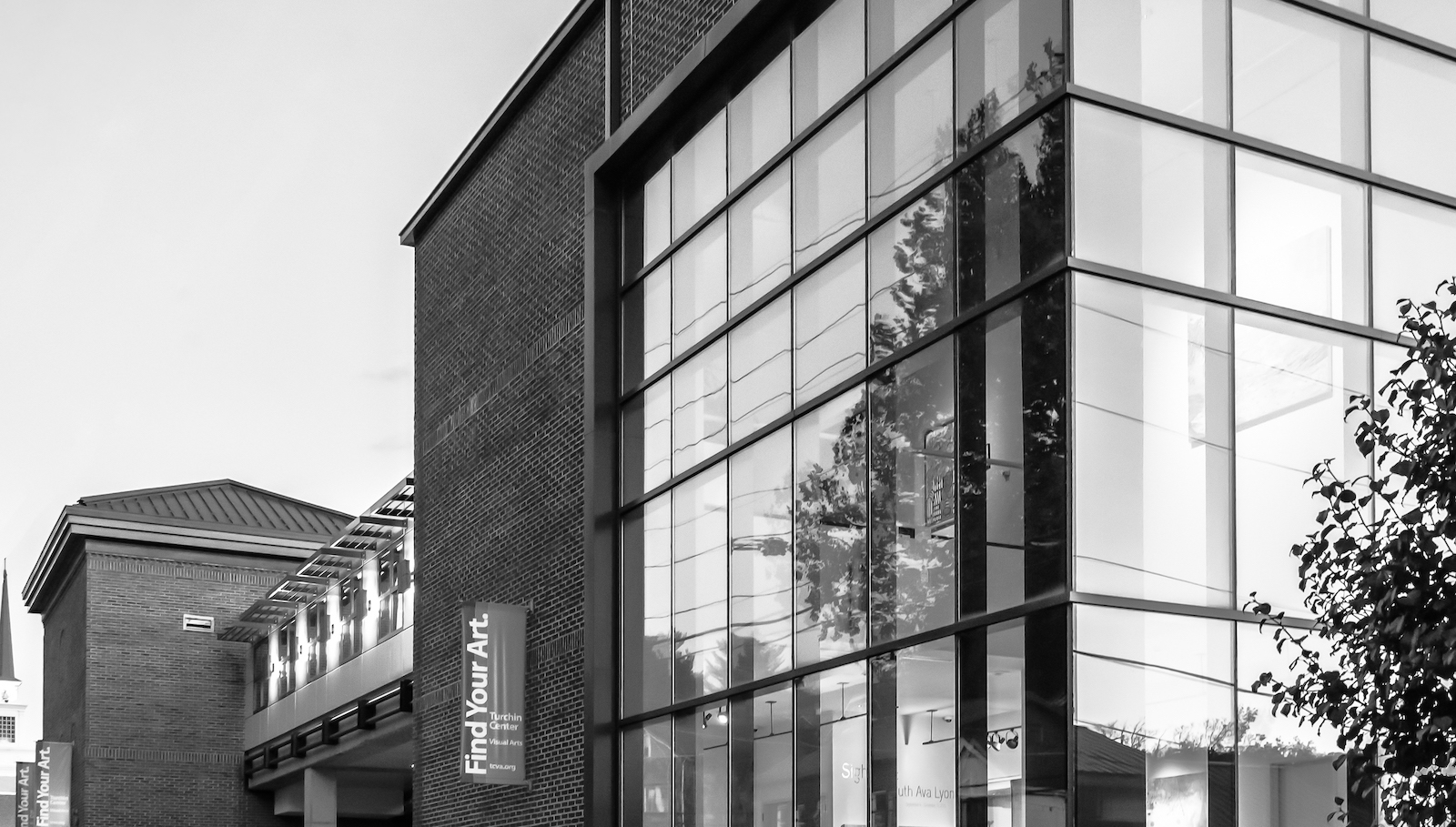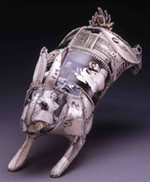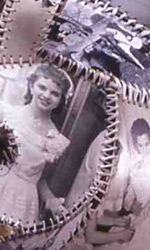Organized by Appalachian State University’s Women’s Studies program in partnership with the Turchin Center for the Visual Arts, this exhibition is a celebration of women artists from Western North Carolina. Organized in honor of Women’s History Month, the exhibition includes two and three-dimensional works in various media and is designed to educate the public about the significance of women’s art in our region. The exhibition jurors are Appalachian professors Dr. Marilyn Smith, Dr. Heather Waldroup and Lynn Duryea.
The competition received a total of 157 works from 66 candidates representing thirteen counties in Western North Carolina. The jurors chose 38 works by 27 artists representing ten counties to comprise the exhibition.

Winning exhibitors
- Angela C. Alexander (Buncombe)
- Catherine Altice (Ashe)
- Kelly G. Chelena (Henderson)
- Alison Denyer (Watauga)
- Judith Duff (Transylvania)
- Audrey Ellington (Swain)
- Kim Feigenbaum (Watauga)
- Jamie Goodman (Watauga)
- Elissa Graff (Watauga)
- Celia Gray (Buncombe)
- Juanita Greenspan (Cherokee)
- Vicky Grube (Watauga)
- Diane Guelzow (Catawba)
- Ursula Gullow (Buncombe)
- Nancy Howell (Haywood)
- Constance Humphries (Buncombe)
- Cara Jackson (Watauga)
- Jeana Eve Klein (Watauga)
- Anne Lemanski (Mitchell)
- Susan B. Marlowe (Watauga)
- Linda McCalister (Watauga)
- Lisa Morphew (Buncombe)
- Mary-Ann Prack (Ashe)
- Ann Rixen (Haywood)
- Marianne Suggs (Watauga)
- Carolyn Taylor (Haywood)
- Elizabeth Tomasetti (Buncombe)
Jurors’ statement
This exhibition is part of a long history of celebrating the creative efforts of women through the Women’s Studies Program at Appalachian State University. As art producers, gallery owners, and museum professionals, women are playing an active role in shaping the economic and cultural life of Western North Carolina, a state that has a vibrant traditional and contemporary arts community. Featuring the work of 27 artists from 10 counties, this exhibition reflects the lengthy and varied traditions of women’s art-making in Western North Carolina. Although we initially questioned the premise of separately categorizing art work produced by women, it is still the case that women artists are under-represented, that their art forms are less accepted and respected, and are not perceived as legitimate by the dominant culture. This is an inequality the Women’s Studies Program sought to address by organizing this exhibition. In creating a welcoming space for all women artists, we conceived of an exhibition that would demonstrate excellence, choosing work with technical mastery and compelling concept. In presenting this collection as part of the celebration of Women’s History Month at Appalachian State University, we see it as a recognition of the diversity of women’s experiences and creative endeavors.
Collaboratively written by Lynn Duryea, Marilyn Smith, and Heather Waldrup


